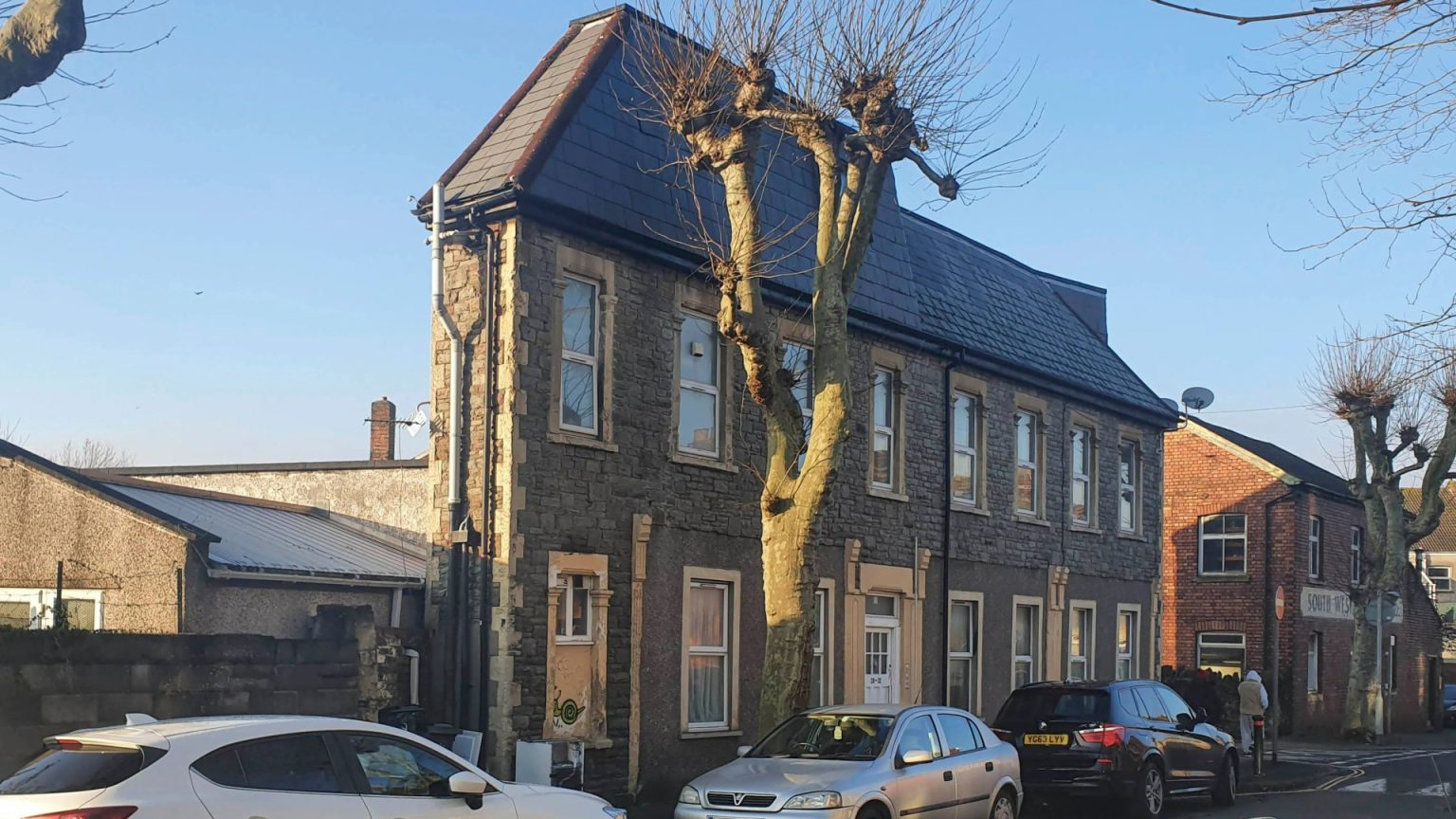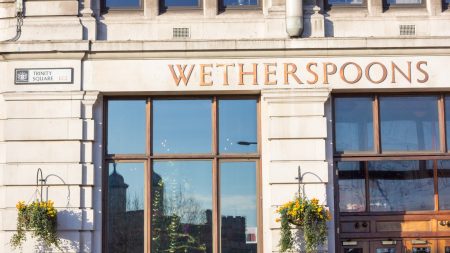Bristol’s “skinniest home,” a seemingly two-dimensional structure wedged between buildings on New Station Road in Fishponds, has captivated locals and online audiences with its peculiar design. From a specific vantage point, the three-story block of flats appears impossibly slender, measuring a mere three feet wide – barely enough space for a toilet cistern. This optical illusion has sparked curiosity and amusement, with many questioning the practicality of living within such confined quarters. The building’s unusual form has even drawn comparisons to New York City’s iconic Flatiron Building, though the Bristol property boasts an even narrower point.
However, the “skinniest home” moniker is a deceptive label. While the building’s façade presents an incredibly narrow profile from one angle, it widens considerably as it extends backward, forming a triangular or wedge shape. This architectural quirk creates a striking visual contrast between the seemingly uninhabitable sliver and the more spacious interior. The illusion has perplexed numerous residents and visitors, many of whom only realize the building’s true form upon closer inspection or viewing it from alternative perspectives.
The building’s deceptive appearance has become a local topic of conversation, generating considerable buzz on social media platforms. A recent Facebook post featuring the property garnered hundreds of comments and reactions, with many locals expressing surprise at having overlooked such a distinctive structure despite living in the area for years. The online discussion ranged from humorous observations about the building’s unique dimensions to expressions of awe and bewilderment. Some jokingly remarked on the potential savings on wallpaper and carpet, while others questioned the comfort and livability of the seemingly cramped space.
One long-term resident of the building, Andy Watson, admitted to only noticing the peculiar perspective after nearly two decades of residing there. His brother, visiting from out of town, pointed out the unusual shape, prompting Watson to realize the deceptive nature of the building’s appearance. Watson’s experience highlights how easily the building’s true form can be overlooked, especially when approached from a particular direction. He noted that the narrow, angular architecture is not entirely unique in Bristol, observing similar designs in other parts of the city.
The building’s intriguing design has fueled speculation and curiosity about its interior layout. Residents across the street confessed to pondering the function of the narrowest section, wondering what room could possibly fit within such limited space. The revelation of the widening structure behind the narrow façade likely provided a sense of relief to those concerned about the practicality of living in what appeared to be an impossibly thin dwelling. The building stands as a testament to architectural ingenuity, demonstrating how perception can be manipulated through clever design.
The “skinniest home” of Bristol serves as a fascinating example of how perspective can dramatically alter our perception of a structure. While the initial impression is one of extreme narrowness, bordering on the impossible, a shift in viewpoint reveals a more conventional, albeit uniquely shaped, building. The structure’s deceptive appearance has transformed it into a local landmark, sparking conversation, amusement, and wonder among residents and visitors alike. The building stands as a playful reminder to look beyond the surface and consider alternative perspectives, highlighting the power of architectural design to surprise and intrigue.











